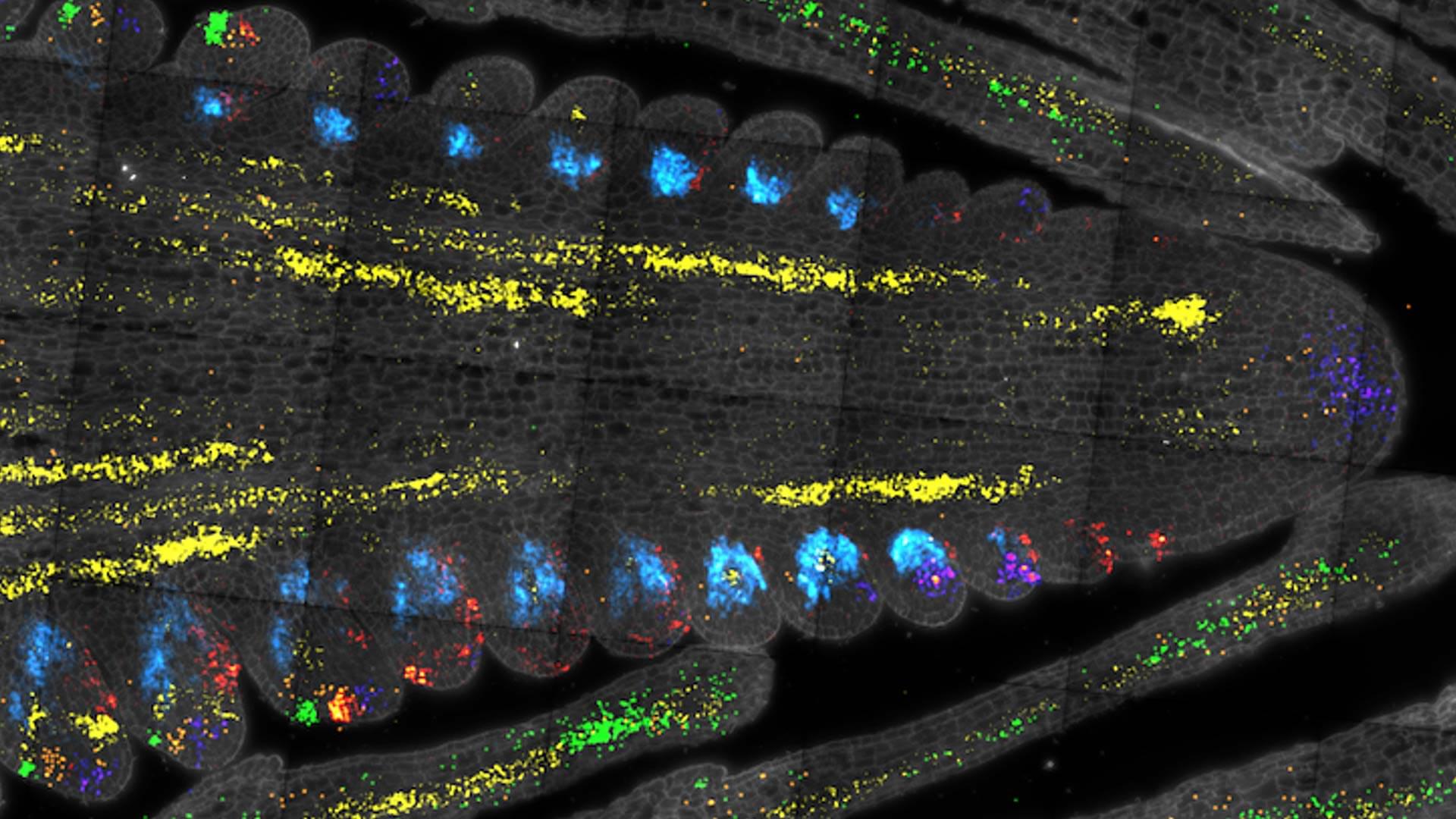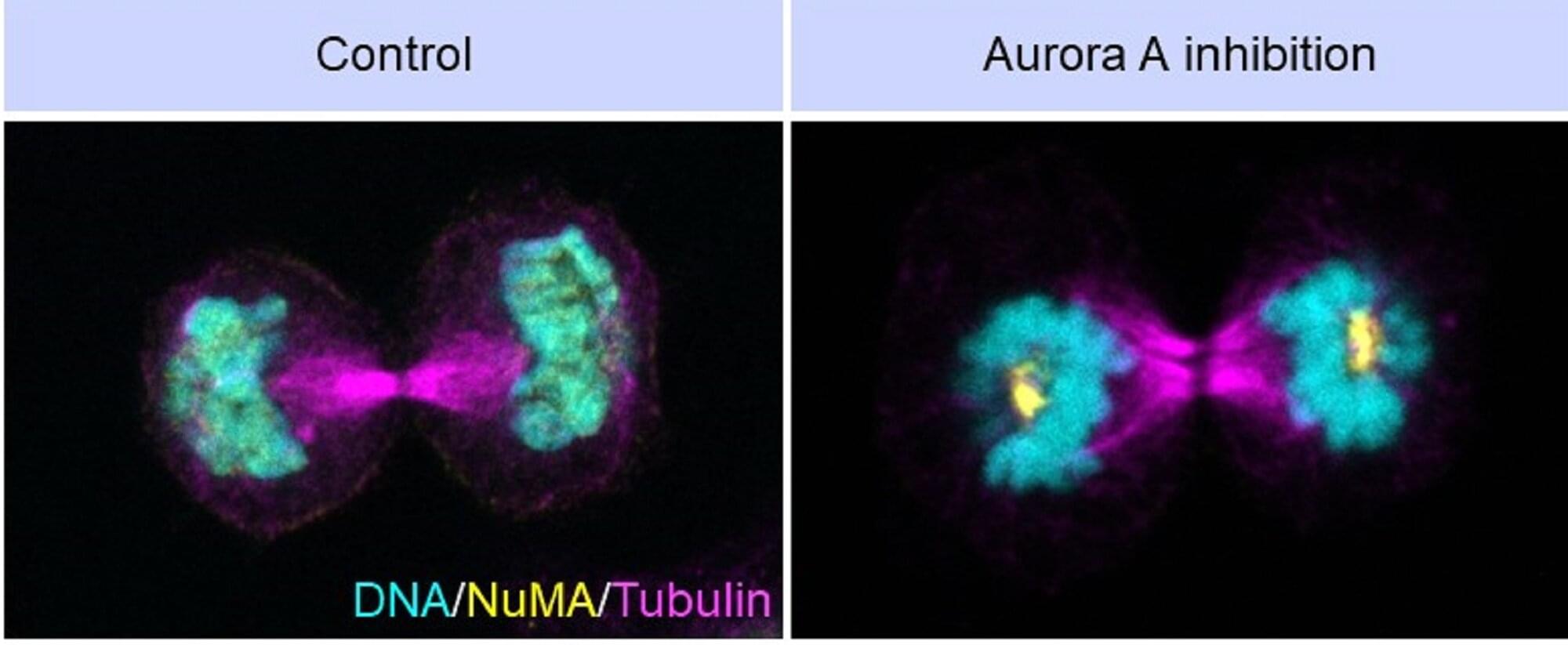T cells can be reprogrammed with transgenic antigen recognition receptors, including chimeric antigen receptors and T cell receptors, to selectively recognize and kill cancer cells. Such adoptive T cell therapies are effective in patients with certain haematological cancers but challenges persist, including primary and secondary resistance, a lack of efficacy in patients with solid tumours, a narrow range of targetable antigens, and time-consuming and complex manufacturing processes. CRISPR-based genome editing is a potent strategy to enhance cellular immunotherapies. Conventional CRISPR–Cas9 systems are useful for gene editing, transgene knock-in or gene knockout but can result in undesired editing outcomes, including translocations and chromosomal truncations. Base editing and prime editing technologies constitute a new generation of CRISPR platforms and enable highly precise and programmable installation of defined nucleotide variants in primary T cells. Owing to their high precision and versatility, base editing and prime editing systems, hereafter collectively referred to as CRISPR 2.0, are advancing to become the new standard for precision-engineering of cellular immunotherapies. CRISPR 2.0 can be used to augment immune cell function, broaden the spectrum of targetable antigens and facilitate streamlined production of T cell therapies. Notably, CRISPR 2.0 is reaching clinical maturity, with multiple clinical trials of CRISPR 2.0-modified cellular therapies currently ongoing. In this Review, we discuss emerging CRISPR 2.0 technologies and their progress towards clinical translation, highlighting challenges and opportunities, and describe strategies for the use of CRISPR 2.0 to advance cellular immunotherapy for haematological malignancies and solid tumours in the future.
#CRISPR9
Several persistent challenges limit the efficacy and applicability of adoptive T cell therapies for cancer, including suboptimal function and/or persistence in vivo, a narrow range of targetable antigens and complex manufacturing processes. This Review discusses the potential of ‘CRISPR 2.0’ precision gene-editing platforms, such as base editing and prime editing to address all of these challenges, and describes the progress made towards clinical translation of these technologies.







